Choice and Voice for Every Student… Are you Writing with Nonverbal Students?
Writing with Nonverbal Students
Premium parking… that is what I call it. Have you done it? All the students are gathered ‘round for the writing lesson and they are writing with their pen and paper, using their devices, or dictating their responses. All except that one. They are just plopped down near the action- they are not participating at all. Premium Parking. Writing with nonverbal students is hard to do. So, what can you do to make the writing lessons in your classroom meaningful?
Form Versus Function in Writing
First things first… there is a difference between the form of writing and the function of writing.
Form: the ability to physically hold a writing tool and make meaningful marks on paper.
Function: the ability to express wants, needs, and ideas through writing.
I was in a classroom today and the para had taken a piece of paper and a highlighter to write the student’s answer to a writing prompt… The student never gave any indication of what they were really thinking. The prompt was “What is your favorite food?” and no one ever asked this student. The para wrote the answer “Pizza” and the student traced it. Form or Function?
This one is Form- practicing letter writing is all about working on a skill.
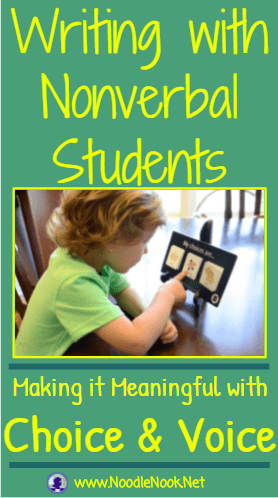 But what if instead the para had a couple of picture icons and the student was able to choose the one he really liked best. Then he placed that word into a sentence stem of his choosing. That would have been a totally different experience. He would have been writing then- all without picking up a pencil or pen. That is Function!
But what if instead the para had a couple of picture icons and the student was able to choose the one he really liked best. Then he placed that word into a sentence stem of his choosing. That would have been a totally different experience. He would have been writing then- all without picking up a pencil or pen. That is Function!
Sentence Stems for Writing with Nonverbal Students
So, what is a sentence stem? It is the start of a sentence already ready already! I want you to have some to start and they are available HERE– just download the preview for THREE FREE Sentence Stems.
How do you use them? With a student who is participating in lessons at the hand-over-hand level or with lots of physical prompting, we want to offer choice of responses (like between chicken and pizza), and then voice that choice by placing it in a sentence stem. At this level, we as the teacher would probably choose the stem “I like___”. CHOICE AND VOICE!
With a student who has the ability to interact more, they may choose between two or more choices. Those choices may or may not have a picture icon with them (you could literally write three choices on post-its and let the students pick one), and you may also have them pick the sentence stem. They could choose between “I like__” and “I don’t like” as their response.
You would then voice their choice by reading it aloud. CHOICE AND VOICE. Yay!! Writing!!
For a student who is more academic but still nonverbal, presenting a choice of responses from three or more and then presenting a choice of sentence stems from 2-3 or more is great. Voice their choice and then have them work on the form of writing by using that as a guide as they write. With this format, though, it is more than just rote tracing or copying. CHOICE AND VOICE.
Copying is not writing!
Writing with Nonverbal Students- Start NOW!
Working on communication in addition to writing? You may want to get some icons in your classroom that you can pair with real physical objects. Check out the PECS Starter Kit and see what that looks like. You don’t need this kit, but it helps. Instead of the kit, use any picture-word or word-only association between items and incorporate those into the sentence stems. Remember, it is all about authentic response through Choice and Voice- the Function of writing!
Do You Still Need More?
Teaching students who are nonverbal to use a robust communication system can be a challenge. It will really depend on you, not your student, being dedicated to developing a better communication system for a student who is nonverbal. There are many models you can use for developing better communication, like PECS, Core Vocabulary, or AAC. If you have a student who is ready to develop the next level of authentic writing, try an alternative pencil. You can use this as a means to promote overall communication as well as writing.
Lucky for you, you can get a FREE Printable Alternative Pencil as well as a full guide here: PRINTABLE Guide or the well-curated Weebly Site on how to use alternative pencils. With the guide and pencil, you can start some partner communication to write during lessons as well as communicate in general. Remember, a student does not need to know their letters to start with this system nor do they need to be consistent in choice making. The process of writing will help them learn to write… Your student’s success will depend on you being consistent, patient, and persistent. So stay calm and teach on!
Want to make sure you get new posts in your inbox? Subscribe now so you don’t miss a thing! Check out these posts for more on how to work with students who are nonverbal including:
Finally, if you are needing something for your students to get you started, check out these materials for your classroom that can get your students engaged and interacting PLUS communication tools that may work for your nonverbal students!




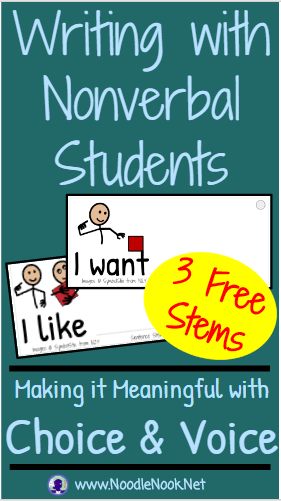
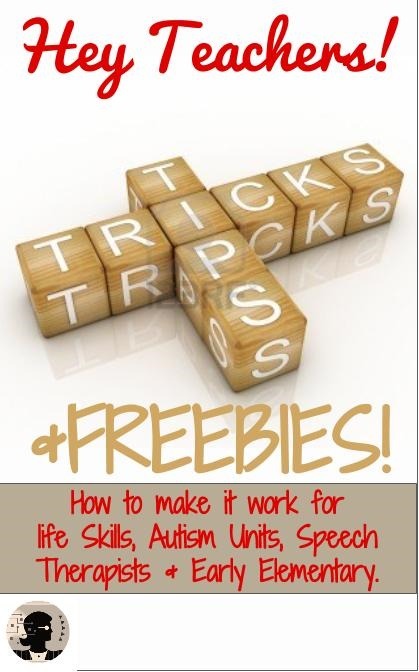
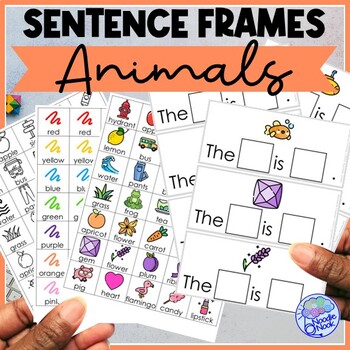
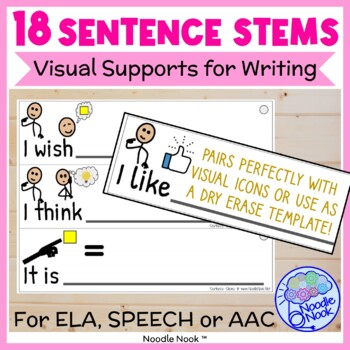
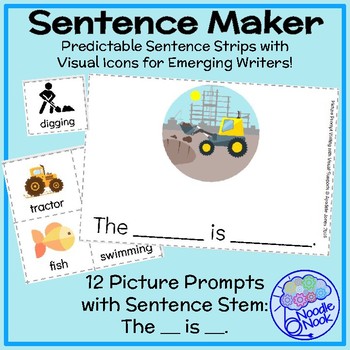
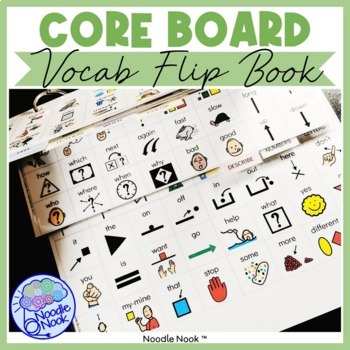
I was just looking at your Writing With Nonverbal Students and the stuff on here is so helpful! I am brand new to a self-contained classroom and have been struggling with what to do. This gives me a great place to start. Thanks!
I was just looking at your Writing With Nonverbal Students. My campus has been wanting us to get students writing more and I wasn’t sure how to do that with my students. This was just what I needed. I pinned it!
Thanks
I don’t understand why people share anything from this site. None of it really correlates to how we know to do writing with our kids. And the author clearly just wants to sell her teacher pay teacher stuff, which, again isn’t aligned to best practice!!! Argghhhh. Is the mere fact that she expects actual participation from her students enough to trick us into sharing this stuff? What a low bar! Please look at anything by Jane Farrell, Caroline Musselwhite, Karen Erickson, David Koppenhaven to see what is actually best practice. You should be using alternative pencils the most and then writing with robust AAC and rarely writing with limited symbols. Please go educate yourself.
Kate,
Wow! I have a master’s degree and train throughout my state on working with students with low incidence disabilities… I actually quote you in my presentations related to communication. Your rude tone and disparaging remarks make me wonder if I should continue.
I work with teachers in real K-12 classrooms who are struggling with making meaningful connections with students and building lifelong skills- and, yes, sometimes that starts with active participation and doing activities as a tool to use communication. As a specialist focused on AAC and positive behavior supports, I would have thought you’d empathize with teachers who don’t know where to start and need guidance. The suggestions and activities I provide here, in a 300 word blog post, could not even start to address the complexity of implementing individualized modes of communication for every teacher working with nonverbal students- but for a real teacher in a real classroom, it is someplace real to start. I am a strong supporter of core vocabulary, choice and voice, and alternative pencils (for some students), but we have to meet students and teachers where they are to make real progress… That is something I have learned in the 15 years I have spent working with this population. These small goals and small steps are how teachers make big change.
On a personal note, your tone and words are very hurtful. I am doing all I can to help people who I see and hear are struggling to meet the needs of students with complex disabilities. I looked up to you as one of the people inspiring me to advocate and make change. If you can’t see that and acknowledge the time and effort I’ve taken to do so, I would appreciate you keeping all your negativity to yourself (or, at the very least, comment with your suggestions as a subject matter expert).
“ Presume possibility” is a phrase you use often… what does it really mean to you?
After spending some time perusing your site, I wanted to leave you a comment about how wonderfully useful I have found the information you have shared here! It is obvious that you have spent a great deal of your career helping students, colleagues, and families to value communication, and to leave no stone unturned when seeking solutions for those without verbal language. Your hard work and dedication has not gone unnoticed. Thank you for sharing all that you have learned.
Comments are closed.